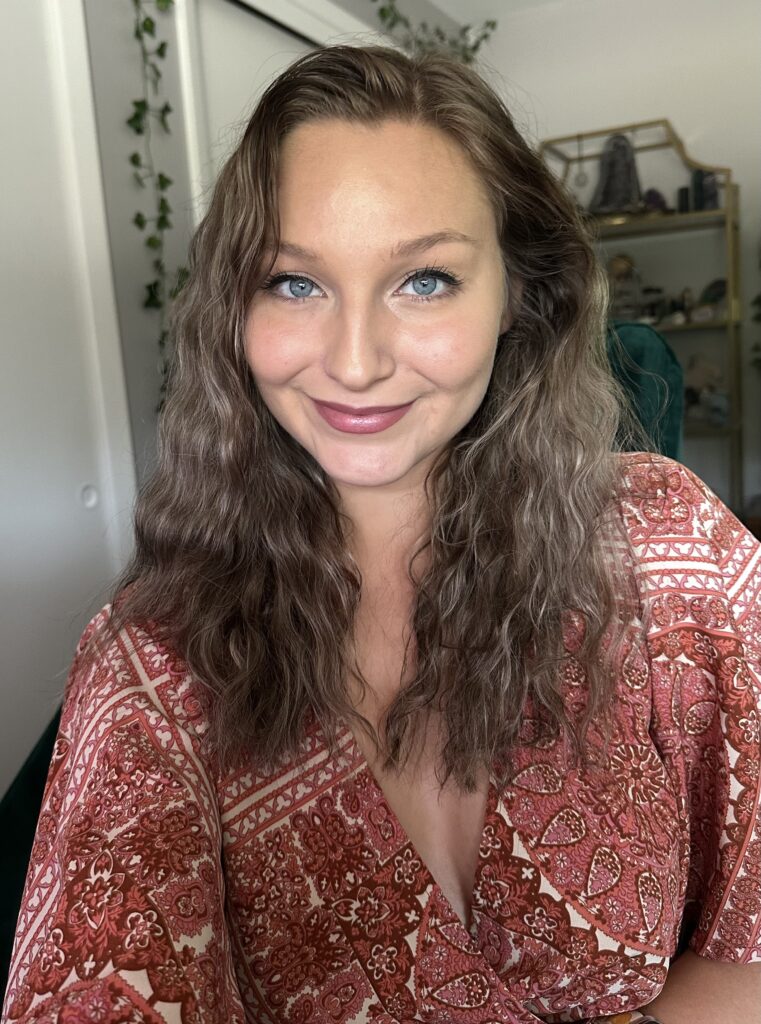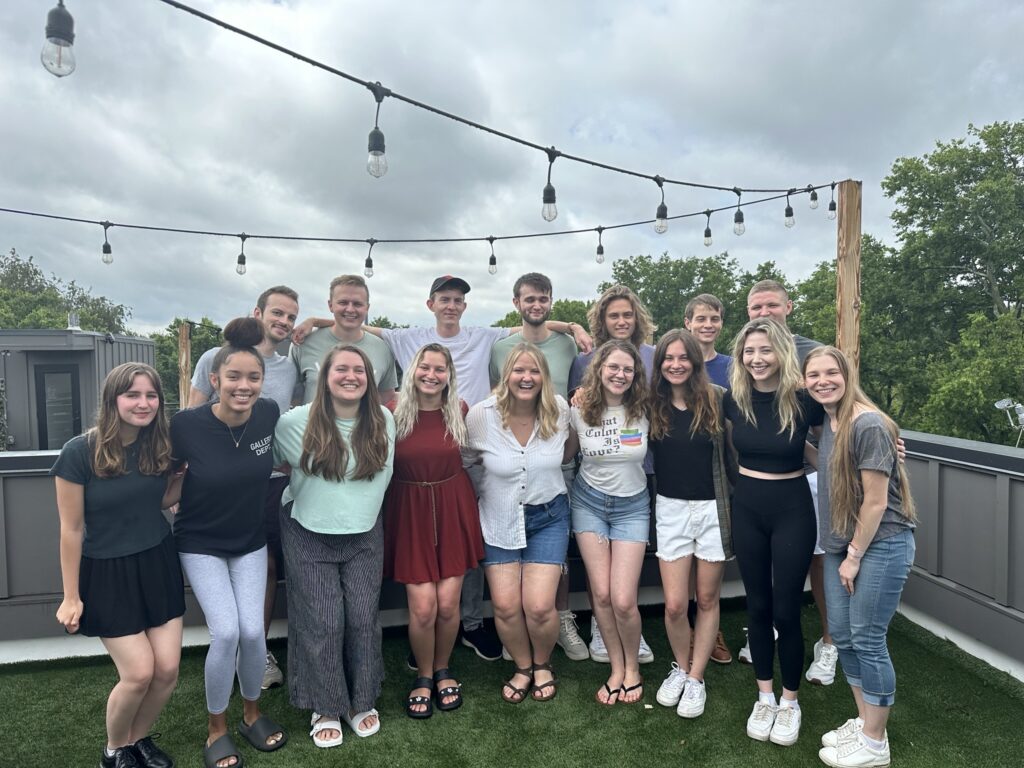Kayla Milligan has always wanted a brother or sister. As a little kid, she’d pester her parents.
About a year ago, the 24-year-old got what she wanted and a lot more — not one sibling but more than 70.
A DNA Surprise
“It was a big surprise, but at the same time, it turned out to be really cool,” said Kayla. “So, there are 77 half siblings in total, so far. The craziest part is that so many of us get along.”
Kayla, it turned out, was donor-conceived. Her parents hadn’t told her and never intended to tell her. In the summer of 2022, Kayla used 23andMe to learn about her ancestry. Her dad had said the family had some Dutch roots, and she was curious.

When Kayla got her reports, she looked at her ancestry, but also, after opting into the DNA Relatives feature, she looked at who she shared DNA with. She matched with about two dozen individuals, none of whom she recognized.
DNA Relatives predicted that these matches were half-siblings. She also matched with someone predicted to be her biological father, a man by the name of Willis, who is not her father.
Her story is not too uncommon as more and more people who were donor conceived, use genetic testing to learn more about themselves including potential health information that they might not learn otherwise.
Donor Conceived
When she saw this, her first thought was that it was a mix-up. But after talking to her mom, she learned the predicted relationship was correct. The news didn’t so much change her feelings of love toward her parents but changed how she looked at herself. Although her mom had kept this a secret for all these years, Kayla remembered a few things her mom had said over the years, alluding to the difficulty of getting pregnant.
“My mom had told me multiple times that I was almost a ‘petri dish baby,'” Kayla said.
But she’d never been told that her mom and dad, desperate to have a child, had turned to a clinic.
“I don’t know, but I think back in the day, there was a stigma about using a donor,” Kayla said.
Although she’s learned that he is not biologically related to her, how she sees her dad hasn’t changed.
“He’s still my dad,” she said.
Shared DNA and Shared Traits
After talking to her parents, Kayla reached out to her newfound siblings. Each had been on their journey of discovery. One of them created a spreadsheet to keep track of each new brother and sister. As new siblings discover the connection, they’re added to the list. In talking to her siblings, Kayla learned that it wasn’t just the 20 half-siblings she found using 23andMe but that she had at least 77. The siblings have a chat group for updates and news. With each new sibling, more information is added to the spreadsheet: names, ages, and contact information. They’ve also added details about allergies and personality and important health information. It is vital for those trying to correct their own family health history.
Her siblings range in age from about 16 to 29 years old, but the donor also has two kids with his wife, who are 8 and 11.

This past July, Kayla went to Nashville, where many of her siblings gathered so they could meet in person. Several siblings live in the Northeast, closer to where she calls home. Kayla has become particularly close with a half-sister who lives in Toronto and is drawn to several other siblings she’s met.
Coming together in Nashville also allowed Kayla to see many people with whom she shares the same cheekbones, blue eyes, long arms, and “free-spirited open mindedness.”
“It was very crazy to see everyone together like that,” she said of the meeting in Nashville. “You’re seeing all these people who don’t just look like you, but who share the same expressions, mannerisms, or ways of speaking or with similar personalities. It’s shocking. I mean the power of genetics over the environment to shape us.”
Birth Father
Along with getting to know several of her brothers and sisters, she also learned a bit more about her birth father. When she first saw a photo of him and the physical resemblance, she said there was no question that he was her biological father.
Kalya learned that as a college and graduate school student on the West Coast and East Coast, he’d donated to different sperm banks. Now a philosophy professor at a college in California, he has been open to meeting the donor kids who have contacted him, even having them over to dinner to meet his family.
“He won’t force a relationship with anyone, but if a sibling reaches out to him personally, he will make an effort to be part of their lives, too,” Kayla said.
Although he never expected to sire so many kids or that they would end up contacting him, he has tried to share information about himself and his family, particularly his health history.
That was important for Kayla; she was able to learn about the conditions in his family. But for her, it’s been the connections to her siblings that have been the most profound. Seeing others with an uncanny resemblance to her, who shared so much genetically but were strangers, was jarring. The experience has also required difficult conversations, and it has sometimes been challenging.
“My life will never be the same after this experience, in the best way, and it’s all thanks to this little test,” Kayla said. “I absolutely prefer the truth over anything falsified. Ultimately, I love learning more about myself and discovering new things, progressing to knowing who I am and where I come from.”